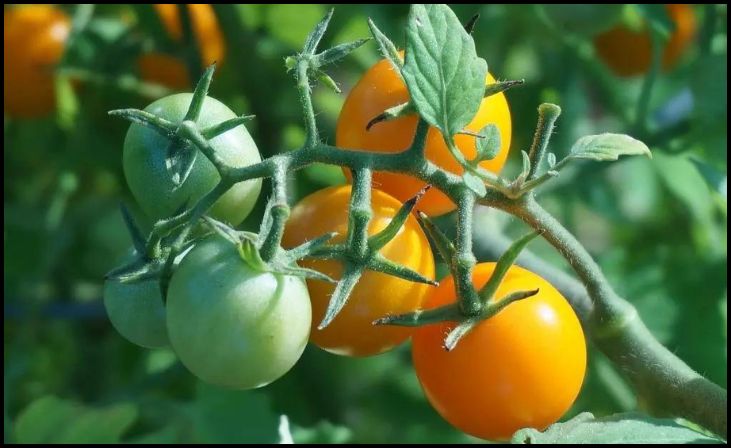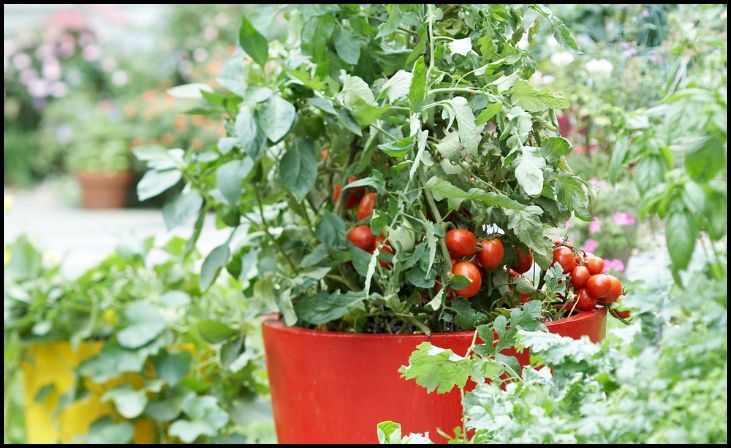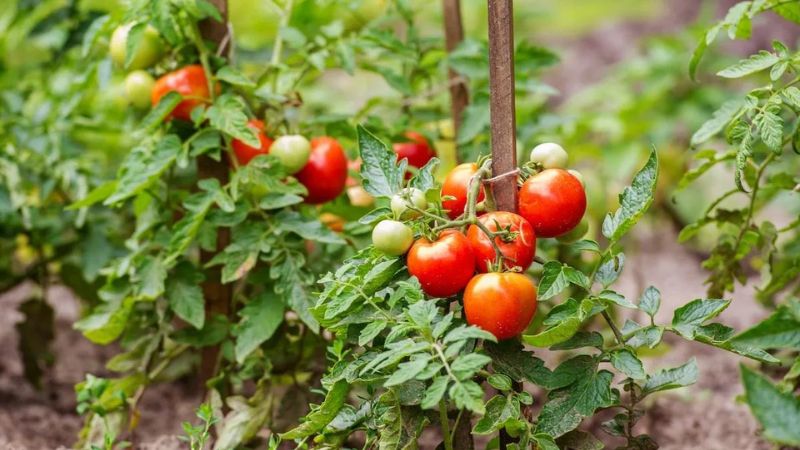Tomatoes are a staple in many home gardens, cherished for their versatility and rich flavor. However, growing healthy tomatoes requires more than just planting them in the ground and watering occasionally. Companion planting, the practice of placing mutually beneficial plants together, can significantly improve the health and yield of your tomato plants. In this guide, we’ll explore the best companion plants for tomatoes and provide tips to ensure your tomato garden thrives.
Understanding Companion Planting
Companion planting is rooted in the idea that certain plants can enhance the growth and productivity of others by attracting beneficial insects, repelling pests, improving soil quality, and providing shade or support. By strategically pairing plants, gardeners can create a more balanced and biodiverse ecosystem, reducing the need for chemical pesticides and fertilizers.
Benefits of Companion Planting for Tomatoes

- Pest Control: Some companion plants naturally repel common tomato pests, such as aphids, whiteflies, and hornworms, reducing the need for chemical intervention.
- Improved Pollination: Flowers from companion plants attract pollinators like bees and butterflies, which can increase fruit set and yield in tomato plants.
- Nutrient Enhancement: Certain companion plants can improve soil fertility by fixing nitrogen or accumulating beneficial nutrients, promoting healthier tomato growth.
- Weed Suppression: Ground-covering companion plants can help suppress weeds, conserving soil moisture and nutrients for the benefit of tomato plants.
- Space Optimization: Companion plants that grow vertically or horizontally can provide shade, support, or ground cover, optimizing space and maximizing productivity in the garden.
Top Companion Plants for Tomatoes

- Basil (Ocimum basilicum): This aromatic herb not only enhances the flavor of tomatoes but also deters pests like aphids, spider mites, and hornworms. Plant basil around the base of tomato plants to improve growth and flavor.
- Marigolds (Tagetes spp.): Marigolds emit a strong scent that repels nematodes, aphids, and other harmful insects. Interplant them throughout the tomato patch to protect against pests and add a splash of color.
- Nasturtiums (Tropaeolum majus): Nasturtiums attract aphids away from tomato plants, acting as sacrificial plants while also deterring whiteflies and squash bugs. Their edible flowers and leaves make a colorful addition to salads.
- Garlic (Allium sativum): Planting garlic near tomatoes can repel pests like spider mites, aphids, and whiteflies. Additionally, garlic can help prevent fungal diseases like late blight, keeping your tomato plants healthy.
- Chives (Allium schoenoprasum): Chives are natural pest repellents, particularly against aphids, spider mites, and tomato hornworms. Plant them near tomatoes to improve growth and flavor while protecting against pests.
- Borage (Borago officinalis): Borage attracts pollinators like bees and beneficial insects while deterring tomato hornworms and cabbage worms. Its edible flowers add beauty and flavor to salads and beverages.
Tips for Growing Tomatoes Successfully

- Choose the Right Varieties: Select tomato varieties suited to your climate and growing conditions, considering factors like disease resistance, size, and flavor.
- Provide Adequate Sunlight: Tomatoes thrive in full sun, so choose a location with at least 6-8 hours of direct sunlight per day for optimal growth and fruit production.
- Water Consistently: Keep the soil consistently moist, especially during hot and dry periods, to prevent blossom-end rot and other moisture-related issues.
- Mulch Around Plants: Apply a layer of organic mulch, such as straw or compost, around tomato plants to conserve soil moisture, suppress weeds, and regulate soil temperature.
- Support Your Plants: Use stakes, cages, or trellises to support tomato plants as they grow, preventing sprawling and ensuring adequate airflow to reduce the risk of disease.
- Prune Regularly: Remove suckers and lower leaves from tomato plants to promote better air circulation, reduce the risk of disease, and focus energy on fruit production.
- Rotate Crops: Practice crop rotation to prevent the buildup of soilborne diseases and pests, alternating the location of tomato plants with unrelated crops each year.
By incorporating companion plants and following these tips, you can cultivate a thriving tomato garden that yields bountiful harvests year after year. Happy gardening!






